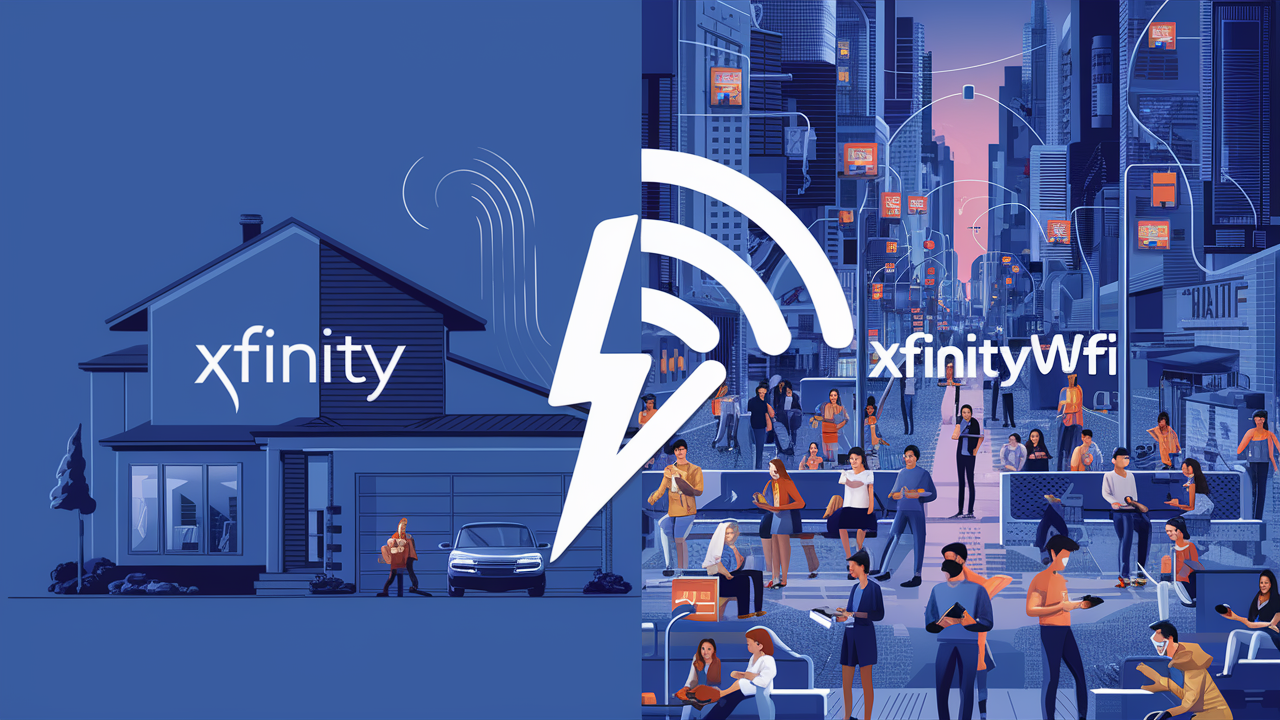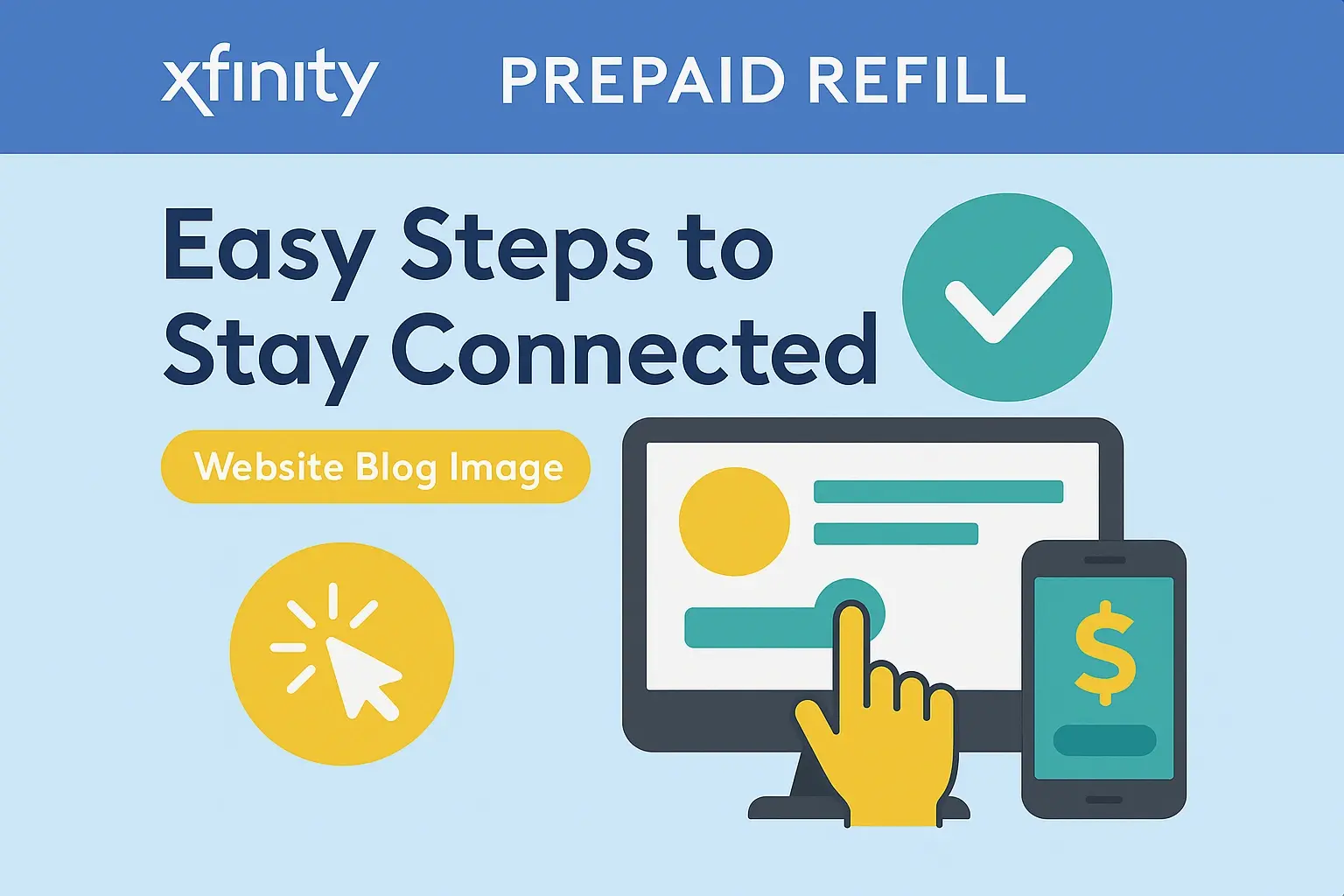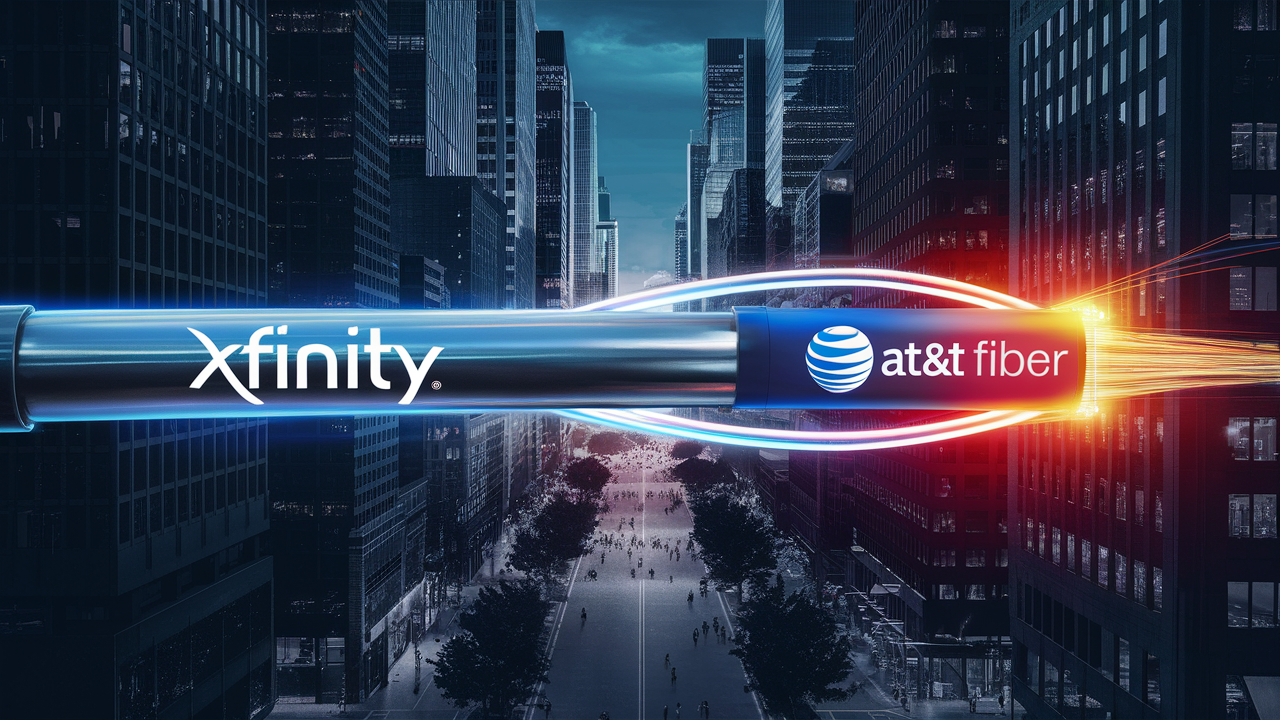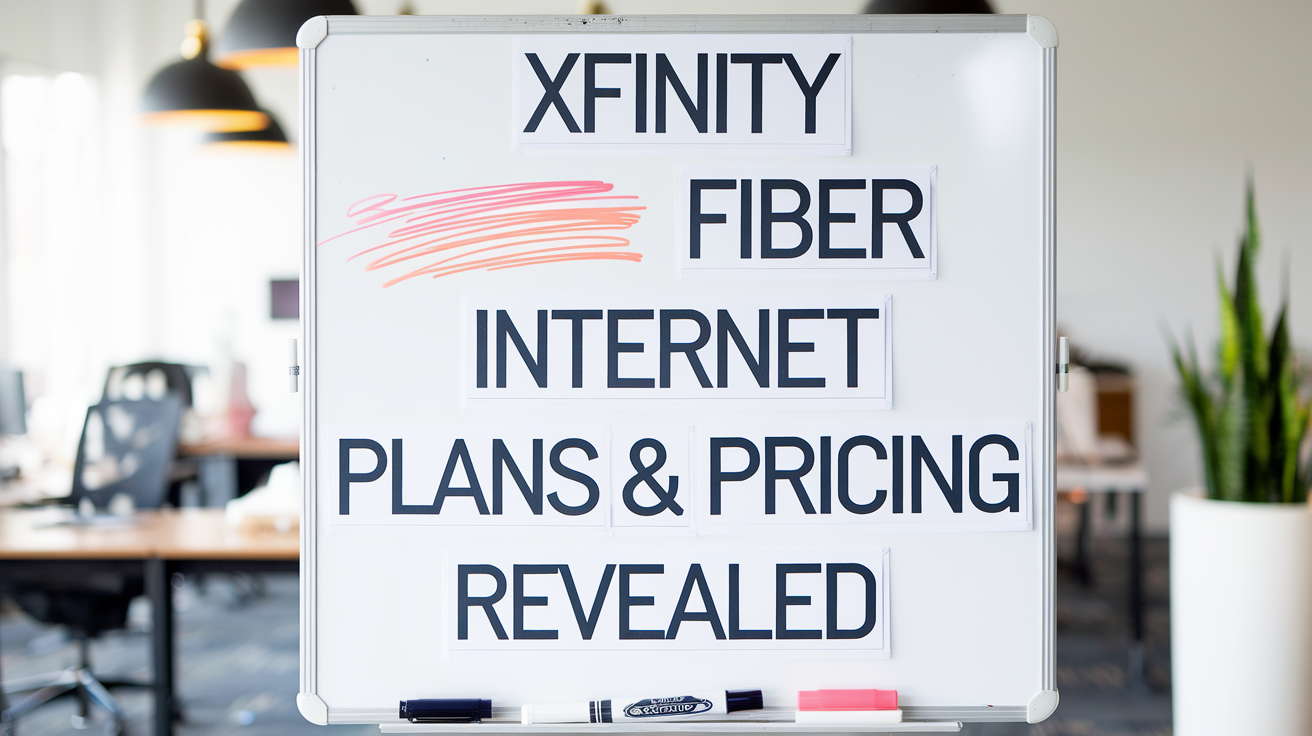What is the difference between Xfinity and Xfinitywifi?

Xfinity is a cable television and high speed internet provider that is used by people to access the internet through a wired connection while Xfinity WiFi refers to a wireless connection of the same internet service provider.
Comcast offers two services namely, Xfinity and Xfinity WiFi which are both means through which internet is accessed but with some distinctions. Being in a position to understand what sets Xfinity TV Packages and Xfinity WiFi apart makes it easy to decide what suits you best when getting internet from Comcast.
What is Xfinity?
XFINITY is Comcast’s trade name for the telecommunications services it offers to home consumers, including Internet, Television, Home phone and Home security. Now, if you are accessing the internet in your home through Comcast, you are using Xfinity internet.
Xfinity employs cable broadband technology that connects directly to your house through a coaxial cable like in the case with cable television services. This offers broadband Internet connection with actual speeds of entry level of 50 Mbps and going up to 2 Gbps for its top-tier packages.
Xfinity can only be accessed when installed in one’s home, and the installation comes with a 12 or 24 months contract. They include a Comcast modem/router to ease the connection of all the devices that have internet capabilities within a single home. To be precise, you are the owner of the ‘master’ account where you get to decide on the WiFi SSID name or network identification that other parties would apply to the in-home wireless internet using a password.
What is Xfinity WiFi?
Today, Xfinity WiFi is a network of over 20 Million WiFi hotspots which Comcast offers free of cost to all those Xfinity internet customers who want to surf internet in other places than their home. It enables you to share the internet on laptops, phones, and tablets for as long as there is an access point of Xfinity WiFi.
The Xfinity WiFi network includes:The Xfinity WiFi network includes:
-
Outdoor hotspots: These can be placed in places such as shopping malls, stations, parks, marinas, etc which are opened for the public to access.
-
Business hotspots: Offered through customers who are retail store owners, restaurants and other companies who have agreed to provide the service with Comcast.
-
Xfinity subscriber hotspots: Offered through the auxiliary Xfinity WiFi signal that is transmitted from the Comcast routers lent to customers’ premises.
You don’t need any further subscription other than the Xfinity internet services to be able to connect to the Xfinity WiFi. As a Comcast Xfinity customer, the user enjoys the freedom of accessing these hotspots via your Comcast login information when out of your house. This ensures easy connectivity to the Internet while on the move across town or even across the country.
Some of the features that make the two different are;
While Xfinity WiFi complements the Xfinity in-home internet service, there are some important ways they differ:While Xfinity WiFi complements the Xfinity in-home internet service, there are some important ways they differ:
-
Speed
Xfinity home internet is your fastest internet speed provider, available in packages of 50 Mbps for the basic plan up to 2 Gbps.
Xfinity WiFi hotspots have no promised bandwidth meaning that the speeds depend on the number of users accessing the internet at any given time. It is commonplace to experience high and low speeds depending on the number of people that are connected and the capabilities of the hardware that hosts the specific hotspot.
-
Access
Xfinity is an in-home service that needs an initial setup to be done and involves a more continuous subscription. From the above analysis, residents at the service address are the only ones who can directly access the in-home WiFi network.
Xfinity WiFi is available for use for everyone with the Xfinity subscription when on the move. There is no need to install any hardware or any extra charges are incurred; one can simply log in with their details.
-
Reliability
Xfinity seeks to ensure that there is always internet availability for the subscribers with emphasis on service level agreements especially when there are problems.
Occasionally, there may be cases when Xfinity WiFi public hotspots become unavailable or when the connection is unstable. There No reliability guarantees due to variability of power, other hardware problems, adverse weather and other environmental influences.
-
Security
When it comes to the WiFi connection, you can create a password of your choice with the help of Xfinity. It also comes with bundled security software and control tools to oversee the connection of the network.
WiFi hotspots on Xfinity are less secure as it is a public network accessible by everyone with an Xfinity account. Thinking it over, using a VPN adds a certain layer of privacy which is rather helpful when dealing with some data.
-
Usage Allowances
Xfinity home internet plans are tiered based on speed and they come with data allowances that range from 1TB, up to unrestricted data. Going beyond these can attract penalties such as overage fees or you get limited internet speed.
Xfinity WiFi hotspots do not set any fixed data limits per user. However, other activities such as watching movies or playing computer games maybe controlled to avoid surpassing this limit.
In particular, XFINITY means the home broadband internet service operated by Comcast company, while XFINITY WiFi means the free wireless internet available outside the home through the hotspots around the town/around the country. Xfinity brings in quicker and more dependable Internet with enhanced security and higher usage allowance. Instead, Xfinity WiFi fosters the mobility and flexibility when one has to go online from his/her house. These two solutions are available once you are an Xfinity subscriber.
Call us today at +1 844-345-0888 to discover the best Xfinity plans tailored for you! Don’t miss out on fast internet, great TV options, and unbeatable customer service. Get started now!





